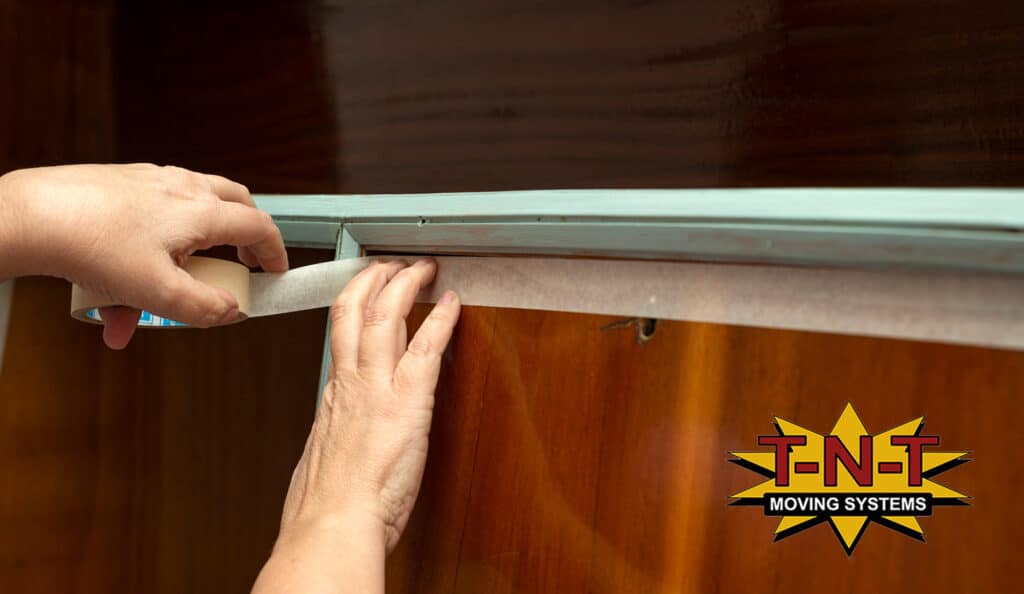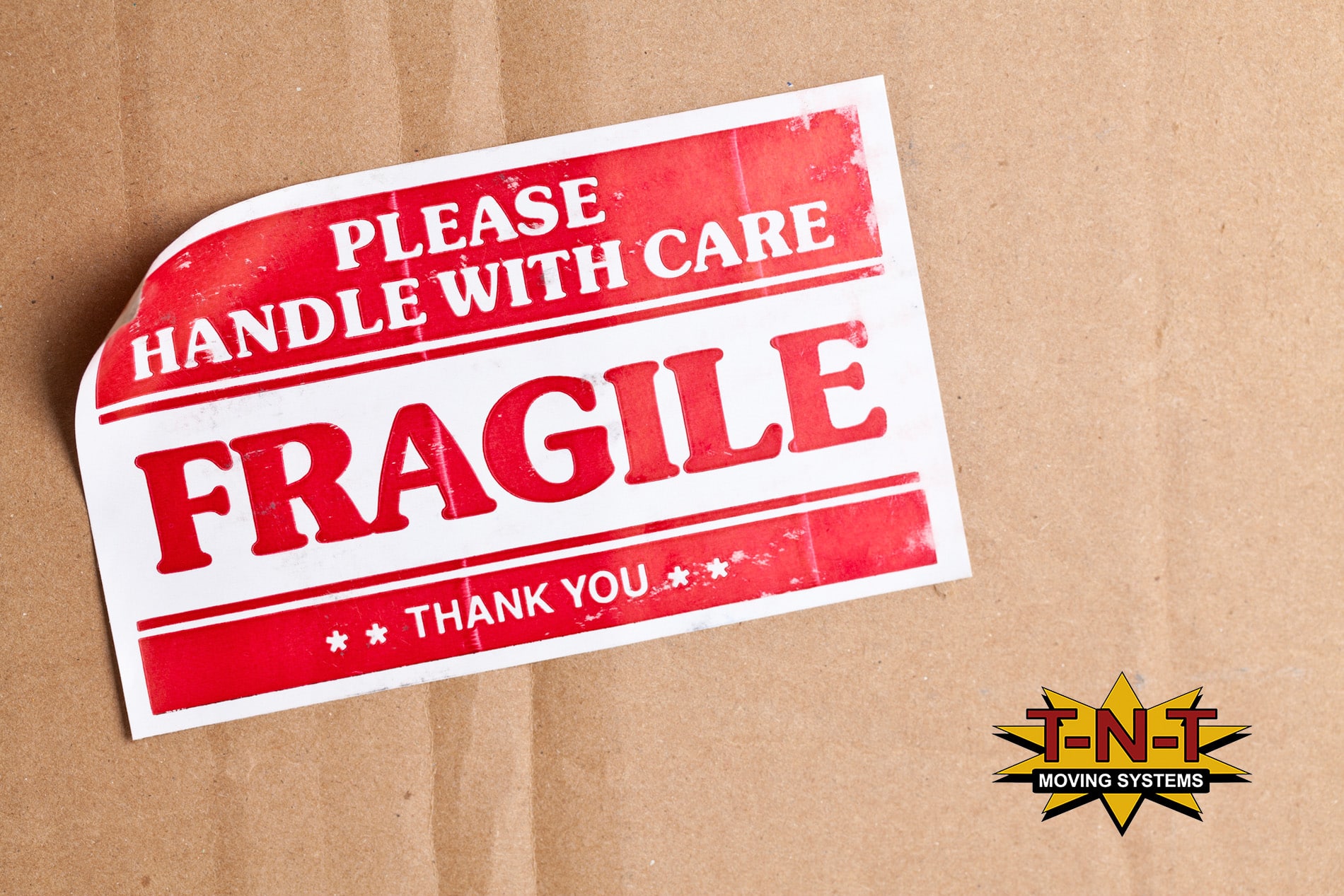Moving Hacks 2023
Effective Moving Hacks For Protecting Your Furniture
While most moving companies come prepared with bubble wrap and blankets, there are some household items–often pricey and of the antique sort–that need a bit more preparation for the big day. A move from one home to another does not need to end with damaged furniture. By taking a few extra precautionary steps before the movers arrive, you can be confident all your furniture will arrive at your new home undamaged.
Moving is a big task, and often one that induces a lot of stress. And, without having even a rough sketch of the happenings before and on the day of a move, you will be walking into chaos. In order to keep both you and those helping with the move anxiety-free, there are two important tasks you need to complete:
- Grab a notebook and a pen and have a seat at the table. Now, sketch a floor plan of your new house and label each room. This can be a rough outline with quick labeling, as long as you can read and understand it is all that matters. Once you have this sketch, you can label the location on each box you pack so that during the move it will be taken to the proper spot, no matter who is carrying it.
- When packing any particular room, set aside delicate items so you can give that extra touch to them later–more on that in a bit. Do not fall prey to the temptation of simply throwing a cloth around a delicate item in haste, and hoping for the best. It will break. They always do.
Of course, there is much more to moving than these two things: you have to contact the moving company if you are using one. You have to persuade others to help, if not with the move itself, with watching children and/or pets. You have to contact realtors, locate keys, contact electrical, etc. companies, and the list goes on. But, by keeping the two items above as the foundation for your move, these other items will smoothly tick off of your list.

Hacks for Packing Delicate Items
It doesn’t take a seasoned mover to understand that not all items can be packed according to the same method. There are those that require some added attention, and with a few small purchases, this additional touch will ensure your precious pieces of furniture stay intact. Here are a few steps everyone should take when packing delicate items:
Step 1: Wrap Glass the Right Way
Rather than using an old cloth or pillowcase–both of which will keep dishes from clanking together, but will not keep them from breaking–use a thick layer of Glassine. Glassine is a specialized type of barrier paper that has a waxy finish, which allows it to reject smudges and stains. What is so great about Glassine is that not only does it protect glassware by tightly adhering to it and by providing a thick cushion (the more layers the more cushion), but it also keeps smudges or markings from appearing on them.
Once you have wrapped each piece individually, secure the items in a box along with some packing peanuts or foam and secure the box with packing tape–and don’t forget to label the box!
*A large roll of Glassine costs around $20 on Amazon
Step 2: Protect Those Corners
Framed artwork and mirrors are items we usually remember to pad and cushion when moving, but we often forget about protecting the corners of these pieces of furniture. During a move, it is inevitable that the edges of these items will get nicked and scratched at the very least, so it’s important to incorporate some plastic, styrofoam, or cardboard corner protectors. These can be easily made with spare cardboard and taping them to each corner, or you can purchase them online.
*A roll of adhesive foam can be found on Amazon for around $15
Step 3: One Last Layer of Protection
Chances are, these items you are cautiously packing are near and dear to the family, so you might want to take one more precautionary step towards a clean move by using air-filled plastic wrap. The problem with packing is that if the box used is not full of items, the free space allows for jostling and movement of the items inside, which can (and most likely will) result in them getting damaged. By filling the dead space with air-filled plastic wrap, there will be no movement and no breakage. Do not, as you will be tempted to do so, try and fill the open box space with more breakables. This will create too much weight for the box to handle and you can guess where that leads…
*Air-filled plastic pieces can be found on Amazon at a cost of anywhere from $15-$30
Hacks for Packing Antique Furniture
Special attention is needed for antique pieces of furniture, as tossing them into a box full of foam isn’t an option. These pieces tend to be big, cumbersome, and seemingly not made to be moved. But worry not, it is possible–probable, even with the right steps taken–to have your antiques transferred to your new home without as much as a scratch. Here are some tips for prepping these, special items:
- Disassemble. Reduce any piece of furniture you can to its individual parts so that they are easier to wrap (details on wrapping in #2 below) and pack. If you come across pieces that, if taken apart, may end up breaking or deteriorating, don’t disassemble them. Keep them together and wrap and pack as one unit. It’s a good idea to take this task on yourself, as you know which pieces need some extra care, and those that need to remain assembled due to their age and fragility. For most pieces though, you should be able to remove small items like drawer pulls, casters, wheels, etc. which will make moving them a bit easier.
- Incorporate Moving Blankets/Furniture Pads. Try not and use plastic wrap directly on antiques–especially items made of wood–because it can end up trapping moisture between the wrap and the wood, and this could cause major damage even if the moisture created is only present for a short period of time. Also, don’t use tape to keep doors or drawers closed (use twine instead). Moving blankets and furniture pads are your best bet. Simply wrapt the piece in a moving blanket and tape it tightly to itself, making sure none of the tape is touching your furniture. Then carefully wrap the moving blankets with Glassine for extra padding and protection.
- Add One More Layer. Now that your antique furniture has one layer of cloth padding and another of heavy-duty plastic wrap, grab some extra air-filled plastic wrapping to secure around the furniture. Pay special attention to the corners, any pieces sticking out. You may find you are using a lot of air-filled wrap on your bigger pieces, but don’t skimp. The attention to detail paid here will ensure your furniture will not be dented, scratched, broken upon arrival.
Once you are packed and ready for the move, be sure and let whomever is helping you know which pieces are antiques and where they are going in the new home. It’s important that everyone involved knows that these items are not regular household pieces and that they need to be treated with extra care.
One more piece of advise: let T-N-T Moving Systems take the stress out of moving day for you. Our professional movers will load the truck and transfer your items, each to the proper room, with care.




